
153
Appendix B: Radar
B.1 Introduction
This appendix describes the basics of radar and things that can affect the
radar picture.
B.2 What is radar?
Radio Detection And Ranging (RADAR) is something that is in use all
around us, although it is normally invisible. One of the most common uses
of radar at sea is to detect the presence of objects, known as ‘targets’ at a
distance, and if they are moving, detect their speed.
Until you are familiar with interpreting the radar display, every opportunity
should be taken to compare the radar screen patterns with visual targets,
such as other boats, buoys and coastal structures. You should practice
harbor and coastal navigation during daylight hours and in clear weather
conditions
Scanner
The radar scanner unit illuminates targets with microwave energy and then
collects the reTurns from those targets. The scanner includes a sensitive
low-noise front end receiver, and a variety of clutter attenuation controls to
maintain target resolution.
The scanner is adjusted and operated from the display screen. It can be
switched between transmit and stand-by modes. It also has a power-saving
timed transmit mode which pauses between bursts of transmissions.
B.3 Maximum radar range
Maximum radar range is essentially line of sight, so is limited by the height
of the scanner and the height of the target as illustrated below:
a
1
a
2
Earth
h
H
Cliff
Radar
Rmax
Rmax = 2.23 ( h + H )
Rmax
h
H
maximum radar range
radar antenna height
target height
in nautical miles
in metres
in metres
Rmax = radar horizon of antenna (
a
1
) + radar horizon of target (
a
2
)
D7005_1
154
RayTech RNS V6.0 - Users Guide
The following table shows typical maximum radar ranges for various radar
antenna and target heights. Remember that although the radar horizon is
greater than the optical horizon, the radar can only detect targets if a large
enough target is above the radar horizon.
B.4 Range control
The radar picture can be viewed at various scales. The shortest range scale
gives a maximum range of 1/8 nm, measured from the default center to the
top of the radar picture. The longest range scale gives a maximum range of
between 24 and 72 nm depending on the scanner.
•
Long range scales provide the best overview of the boats relationship
to land masses, weather fronts and large ship targets in or beyond
view.
•
Short range scales provide greater detail of the radar echoes close to
the boat, and should be used as the coastline, harbors or other boats in
the area are approached.
Concentric range rings are included to help in the judging of distances
on the radar picture. Their number and spacing are adjusted automati-
cally if the range scale is changed. Range rings can also be turned off.
Standard range scales
*The maximum range depends on scanner type.
Antenna height
(m)
Target height (m)
Maximum range
(Nm)
3
3
10
3
10
10.9
5
3
8.9
5
10
12.0
Standard ranges that can be selected are shown in the following table:
Maximum range
(nm)
Number of range
rings (nm)
Range ring
interval (nm)
0.125
2
0.0625
0.25
2
0.125
0.5
4
0.125
0.75
3
0.25
1.5
6
0.25
3
6
0.5
6
6
1
12
6
2
24*
6
4
48*
6
8
72*
6
12
Summary of Contents for Pathfinder
Page 1: ......

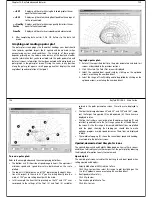



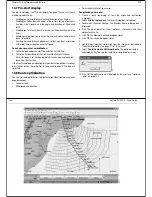
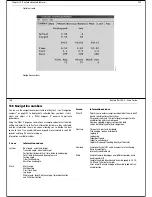

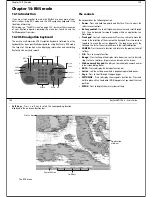
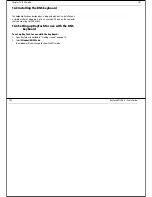
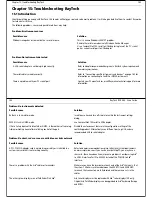



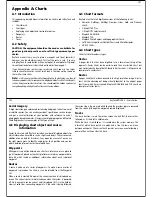


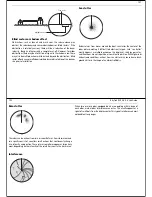






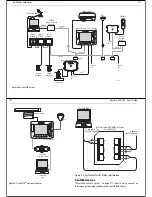









![Navig[8]r NAVBIKE-GPS User Manual preview](http://thumbs.mh-extra.com/thumbs/navig-8-r/navbike-gps/navbike-gps_user-manual_3574097-01.webp)











